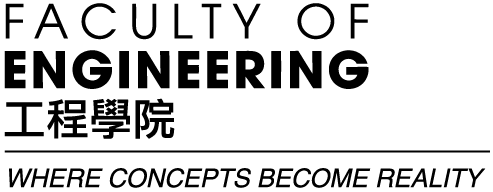Guest Speaker: Prof. QI Ronghui
School of Chemistry and Chemical Engineering
South China University of Technology
Prof. QI Ronghui is a Professor and doctoral supervisor in the School of Chemistry and Chemical Engineering, South China University of Technology, and a recipient of the National Natural Science Funds for Distinguished Young Scholar. She received her B.S. and M.S. from Tsinghua University and the Chinese Academy of Sciences, respectively, and her Ph.D. from the Hong Kong Polytechnic University. Her research focuses on heat and mass transfer in electrolyte membranes, PEM humidity/vapor electrolysis, and the development of hygroscopic polymer materials for active or positive humidity control. More recently, she has extended her work to humidity-enabled power generation and hydrogen production. Prof. Qi sits on the editorial boards of Building Simulation, Energy and AI, and the International Journal of Green Energy, and serves on the Youth Editorial Board of Fundamental Research.
Abstract
The strategic importance of advanced instrumentation across defense, scientific, and civilian sectors is increasing. Ensuring a stable micro-environment—particularly through precise humidity control—is essential for the reliable and safe operation of such equipment. This need is especially critical in coastal and high-humidity regions. The speaker has long focused on the heat and mass transfer mechanisms of electrolyte membranes and their application in precision dehumidification. This seminar will systematically present recent advancements in the field, structured into three key parts:
(1) Multiscale and Multiphysics Coupled Transport Mechanisms for Humidity Electrolysis: Exploration of multiscale heat and mass transfer in porous electrodes and its coupling with three-phase electrochemical reactions. Analysis of how catalyst-layer microstructures, reaction-interface distributions, and catalytic activity influence water and proton transport.
(2) Real-Time Impedance Modeling Based on Non-Equilibrium Thermodynamics: Development of equivalent-circuit models that incorporate interfacial kinetics and the physicochemical properties of materials under varying operating conditions. Derivation of analytical solutions for section-wise impedance in membrane–electrode assemblies, with extensions to other membrane-based electrochemical devices.
(3) Performance Optimization and Applications: Strategies for enhancing dehumidification membrane performance and translating these advancements into commercial precision-drying units. Integration with photothermal membrane-distillation modules to enable durable, direct hydrogen production from seawater or wastewater.












